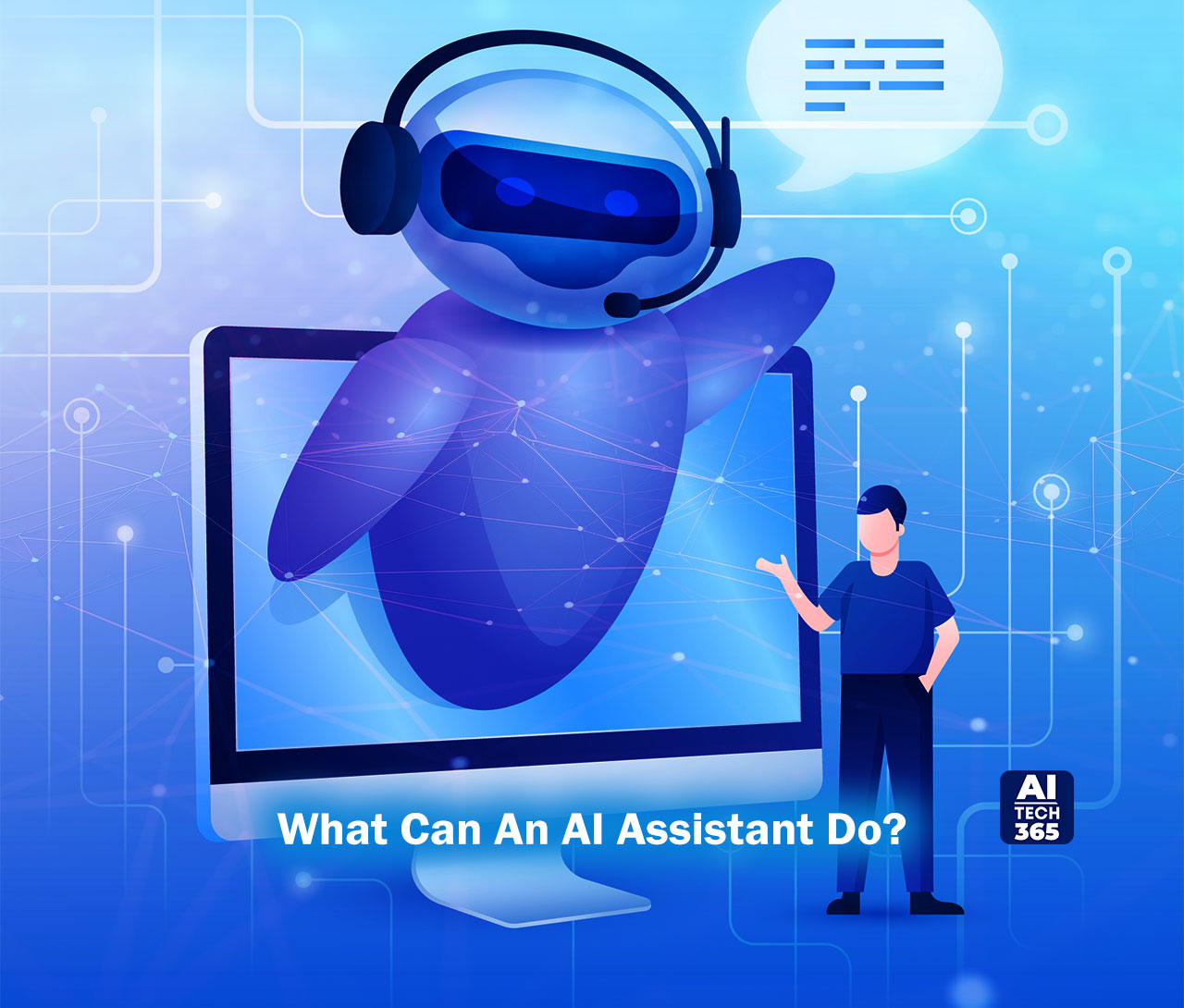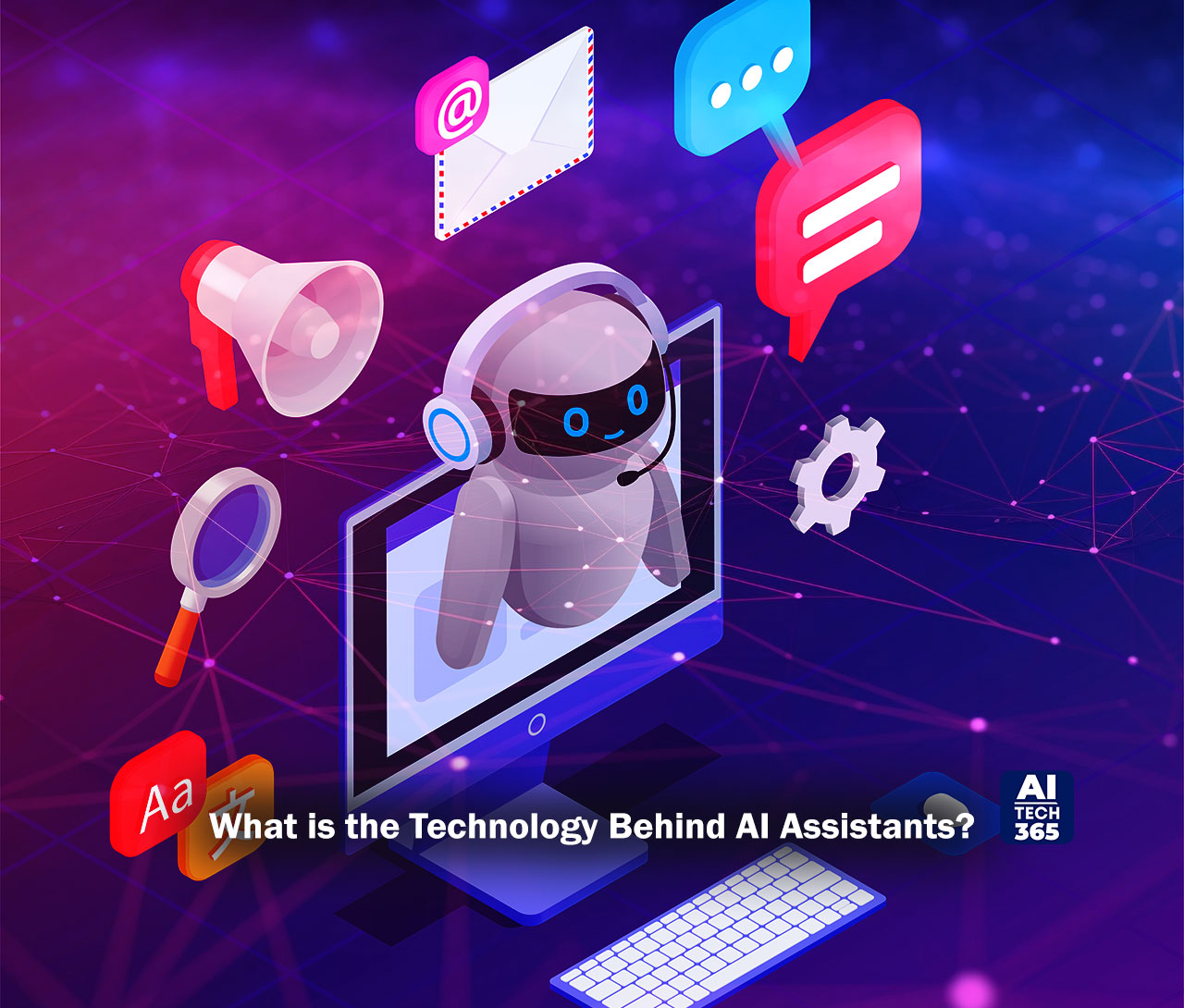In today’s bustling digital world, AI (artificial intelligence) assistants have completely transformed how we interact with technology. They’re not just tools for getting tasks done; they’re like digital companions that make our lives easier. Whether it’s helping with simple chores or completely changing the way businesses handle customer service, AI assistants are everywhere you look. Let’s learn everything about them.
What is an AI assistant?
An AI assistant, virtual assistant, or digital assistant is a sophisticated software agent designed to understand and respond to natural language queries in a manner akin to human conversation. Unlike traditional chatbots, which rely on predefined rules, these leverage advanced algorithms, such as natural language processing (NLP) and machine learning, to infer context and provide more personalized responses.
Statista reveals that by 2024, the global count of digital voice assistants will soar to 8.4 billion units, surpassing the total human population on Earth. Over the years, these digital assistants have evolved from simple rule-based systems to adaptive, context-aware virtual agents capable of engaging users in meaningful dialogue across various platforms and devices.
What Can An AI Assistant Do?
Here’s a breakdown of what an AI assistant can be used for:
- Task automation: AI assistants streamline tasks traditionally handled by human assistants or secretaries. This encompasses dictation, reading aloud messages, finding contact details, scheduling, making calls, and reminding users of appointments.
- Voice and Text Interaction: These assistants engage users through voice and text interactions, employing natural language processing (NLP) and machine learning to understand and respond to queries naturally.
- Information Retrieval: It retrieves information from various sources, like the internet, to answer user queries. This includes providing weather updates, summarizing news, delivering sports scores, and more.
- Smart Home Control: Many AI assistants control smart home devices, enabling users to control lights, adjust thermostats, play music, and execute tasks via voice commands.
- Personalized Recommendations: Digital assistants learn user preferences and offer tailored suggestions, such as recommending movies, restaurants, or books to match individual tastes.
- Productivity Enhancement: They aid users in managing schedules, setting reminders, creating to-do lists, and sending notifications to boost organization and productivity.
- Language Translation: Some digital assistants offer real-time language translation, which is beneficial for travelers or those needing to communicate in different languages.
- Customer Support: Some digital assistants are deployed in customer support settings to address FAQs, offer troubleshooting guidance, and provide personalized recommendations based on user requirements.
What is the Technology Behind AI Assistants?
Central to the functionality of digital assistants is natural language processing (NLP), a branch of artificial intelligence (AI) that focuses on enabling computers to understand, interpret, and generate human language. NLP algorithms analyze the structure and semantics of textual inputs, allowing digital assistants to extract meaning, infer intent, and generate relevant responses. Additionally, machine learning techniques, such as deep learning and neural networks, play a crucial role in enhancing their capabilities by enabling them to learn from data and improve their performance over time.
Benefits of AI assistants
Below are the key benefits of using artificial intelligence assistants.
- Cost Savings: It automates repetitive tasks, reducing the need for manual intervention and lowering operational costs.
- Efficiency Gains: By streamlining workflows and providing instant responses, digital assistants enhance productivity and workflow efficiency.
- Enhanced User Satisfaction: It offers personalized experiences, catering to individual preferences and delivering timely assistance, leading to higher user satisfaction and loyalty.
- 24/7 Availability: Unlike human agents, digital assistants can operate round-the-clock, providing continuous support and service to customers without interruptions.
- Resource Optimization: By automating routine tasks, digital assistants allow organizations to allocate human resources to more strategic initiatives, driving innovation and growth.
What are the Future Trends of Voice Assistants?
- Advancements in Voice Recognition: Future digital assistants will feature improved voice recognition capabilities, enabling more accurate and natural interactions. For example, voice assistants like Amazon Alexa and Google Assistant are constantly evolving to better understand and respond to diverse accents, languages, and speech patterns.
- Enhanced Natural Language Understanding: Digital assistants will continue to evolve in their ability to understand and interpret human language, including nuances, context, and intent. For instance, chatbots in customer service may employ sentiment analysis to gauge customer emotions and tailor responses accordingly, leading to more empathetic and effective communication.
- Integration with the Internet of Things (IoT): The integration of digital assistants with IoT devices will enable seamless interaction and automation across interconnected ecosystems. For example, smart home assistants like Apple HomeKit and Samsung SmartThings can be integrated with virtual assistants to control connected devices, such as lights, thermostats, and security cameras, using voice commands or contextual triggers.
- Emotional Intelligence: These assistants may incorporate emotional intelligence capabilities to better understand and respond to human emotions. For instance, virtual therapists equipped with AI assistants could analyze voice tone and facial expressions to provide personalized counseling and emotional support to users experiencing stress or anxiety.
Final Takeaway
AI assistants represent a paradigm shift in how we interact with technology and conduct business in the digital age. By harnessing the power of artificial intelligence, these intelligent agents empower individuals and organizations to accomplish tasks more efficiently, make informed decisions, and deliver exceptional user experiences. As digital assistants continue to evolve and proliferate, businesses must embrace this transformative technology and leverage it to drive innovation, enhance competitiveness, and create value for customers and society at large.


